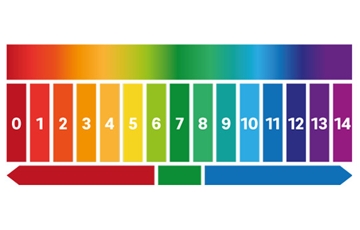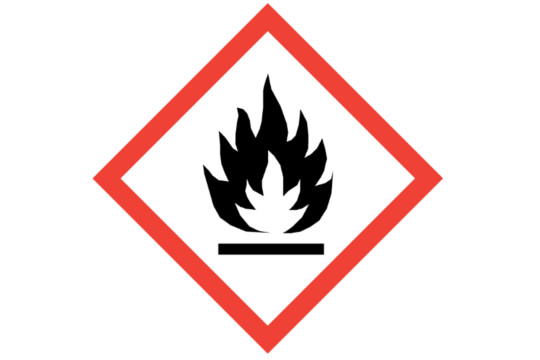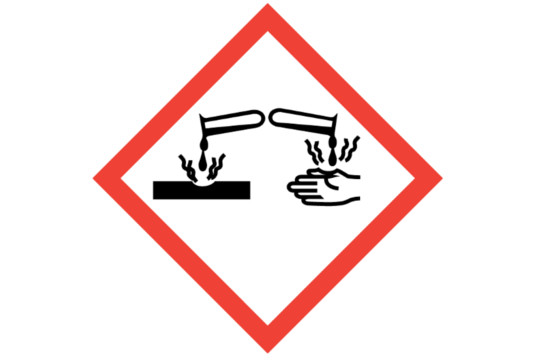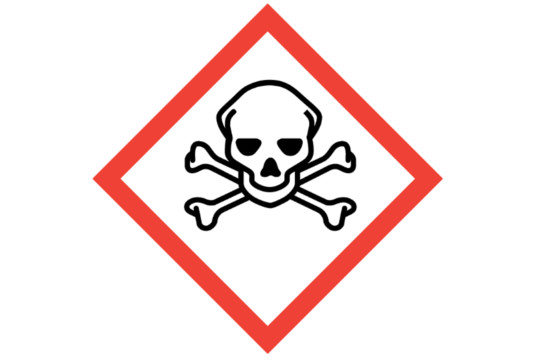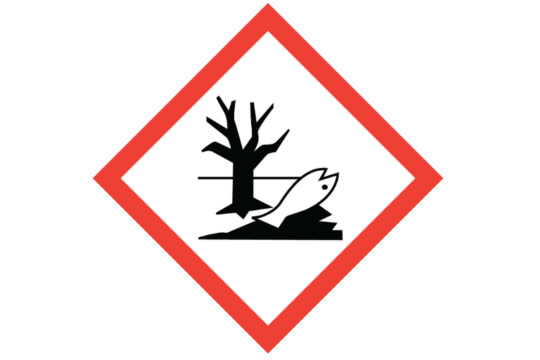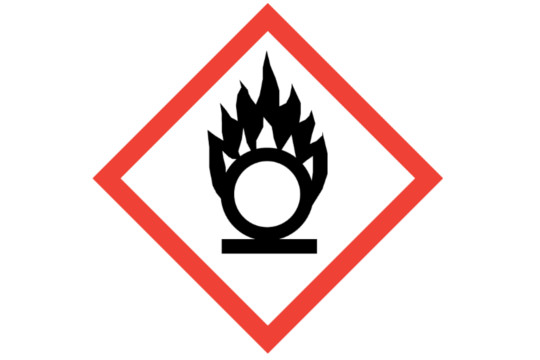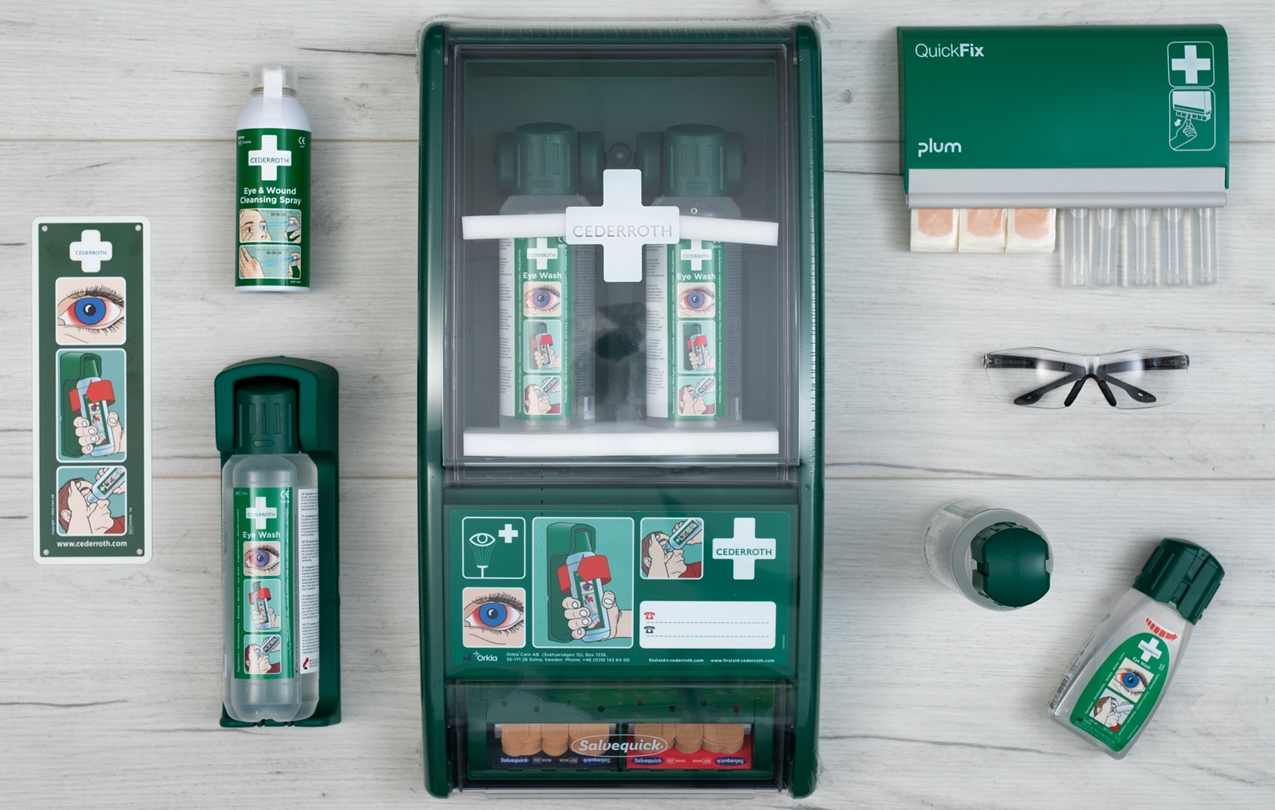
Sinner's circle
Sinner's circle is a model that illustrates how the factors chemistry, temperature, mechanics and time affect the washing result.
To get the most effective results, a good combination of the different factors is needed. The model is based on the principle that in order for you to get an good result, the circle must be complete. If you reduce one of the different factors, you must compensate by increasing one of the other factors to maintain the washing result. For example, if you do not achieve the recommended water temperature, you will need to increase the dose of chemicals and / or extend the washing time to get an a good washing result.
Below we will go through the various factors and how they affect the washing result.
CHEMISTRY / CHEMICALS

In order to get a good washing result, two types of chemical are required: Machine Dish Washing detergent and drying agent.
The task of the of the dish washing detergents is to:
- Dissolve and saponifying fat
- Binding lime that is in the water
- Increase the waters capacity to remove dirt
Machine Dish Washing Detergents is available in several different forms, all of which have different properties - solid, liquid, powder or granulate. If you want to know more about our different types of machine dishwashing detergents, we recommend that you check out this page - Click here.
Drying agents comes in liquid form and adds the following to the process:
- Remove surface tension of the water
- Give quick runoff
- Give spotless dishware
TEMPERATURE

The washing process consists of several different stages. At the beginning of the washing process, the pre-wash, it is important that the temperature is not too high. If the temperature is too high, you risk protein and starch solidifying and getting stuck in the dishes. Therefore, pre-washing should be done in lukewarm water.
The temperature is determined by a combination of detergent and time. The temperature should be warm enough to dissolve the detergent and ensure that food and fats are washed away. Our recommendations are that the washing temperature should be above 60°C at sometime during the washing process.
The final rinse should have a temperature of between 80°C and 90°C. The temperature should be high enough to kill off bacteria and microorganisms. The high temperature also helps to speed up the drying process. We do not recommend using the temperature above 90°C, because then you risk a lot of steam formation that can result in high humidity in your kitchen.
Below you can see the temperatures we recommend:
- Pre-washing: Between 35-40°C.
- Dish temperature: At least 60°C
- Final rinse: Between 80°C and 90°C.
Below you see an illustration of the different stages in a Conveyor Dishwasher and what temperatures each zone should have according to our recommendations:
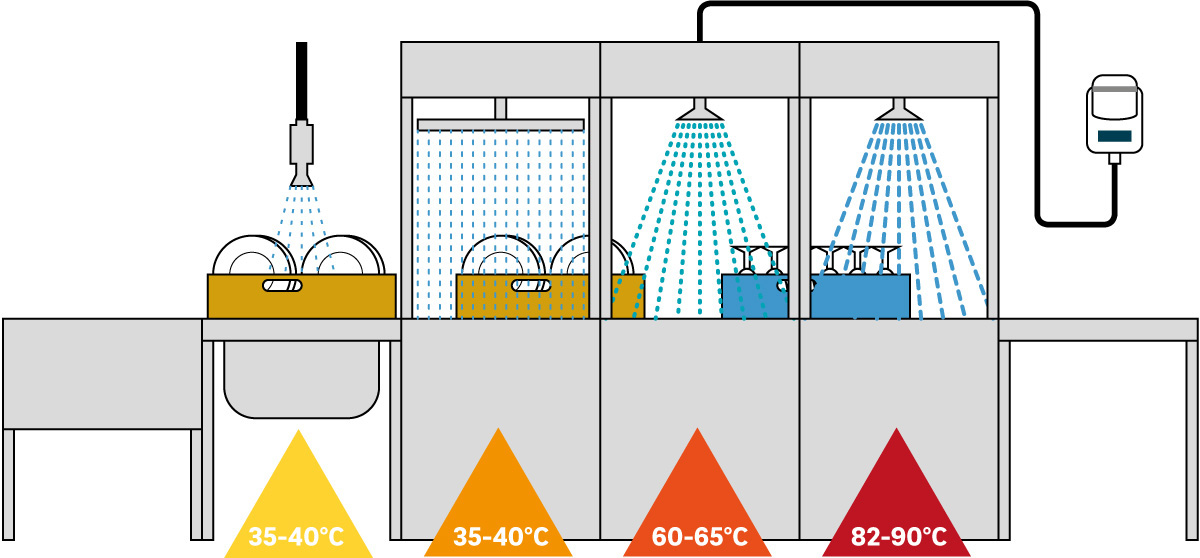
MECHANICS

The mechanics in the dish process is the work of the dishwasher. To provide your dishwasher with good conditions for delivering good washing results, you can do the following:
CLEAN CLEANING THE DISC MACHINE
A clean dishwasher results in better washing results. Therefore, it is important to thoroughly clean the dishwasher at least once a day.
In the daily cleaning, you should review the following:
- Wash and rinse arms
- Rotors
- Internal and external cleaning of the dishwasher
PLACE THE DISHES CORRECTLY
By stacking the dishes correctly and using the right dish and flatware racks, you can simplify the work of the dishwasher.
TIP! When washing dishes, cutting boards and other large dishes in Conveyor Dishwasher, place the dishes against you. By doing this you reduce the risk that the washing water from different washing processes to end up in the wrong water tank.
TIME

The time in the washing process is how long the washing is in progress. What determines the washing time is, as we also described above, a combination of detergent and temperatures. Dishwashers today often have dish programs where the dishwashing time is adapted to the type of dishware to be washed, cleaning chemicals and temperature.
We recommend that you follow your dishwasher instructions when washing. Choose a dishwashing program that is tailored to the dishware that you should wash for best results.

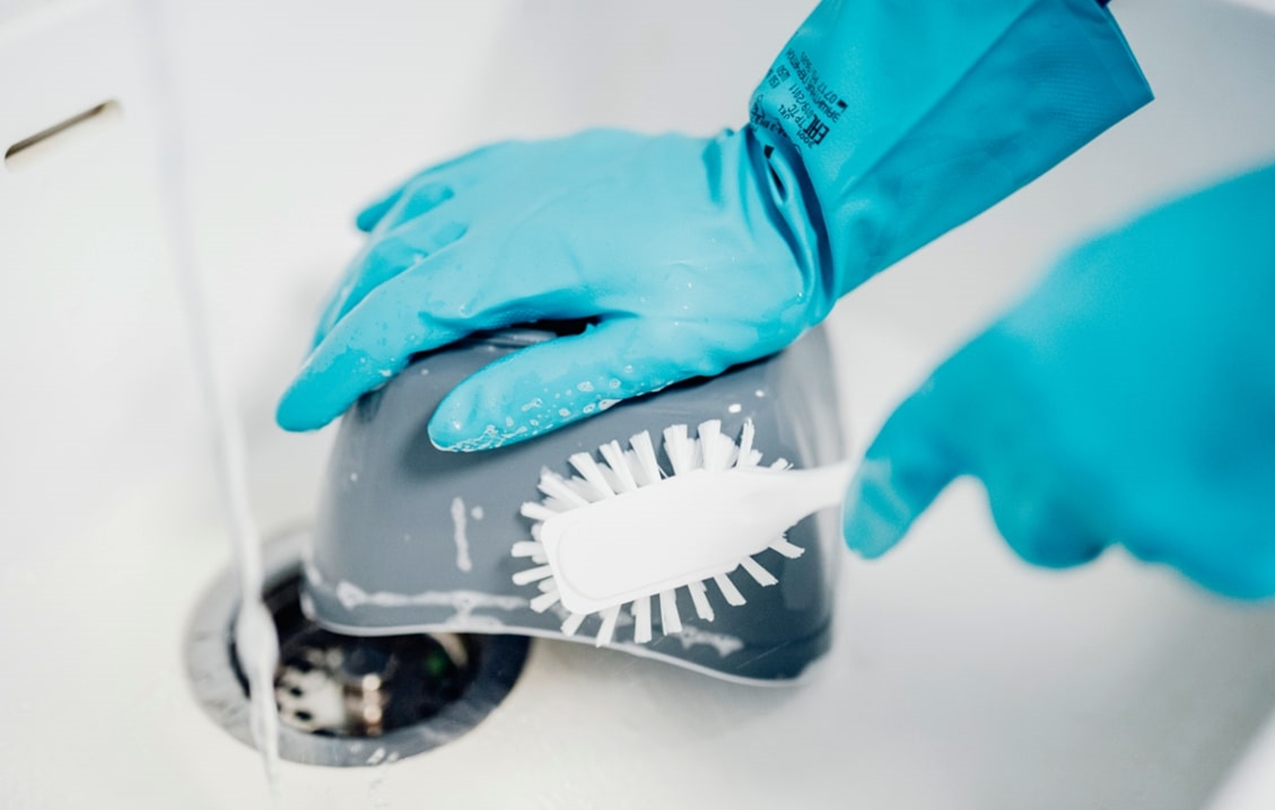
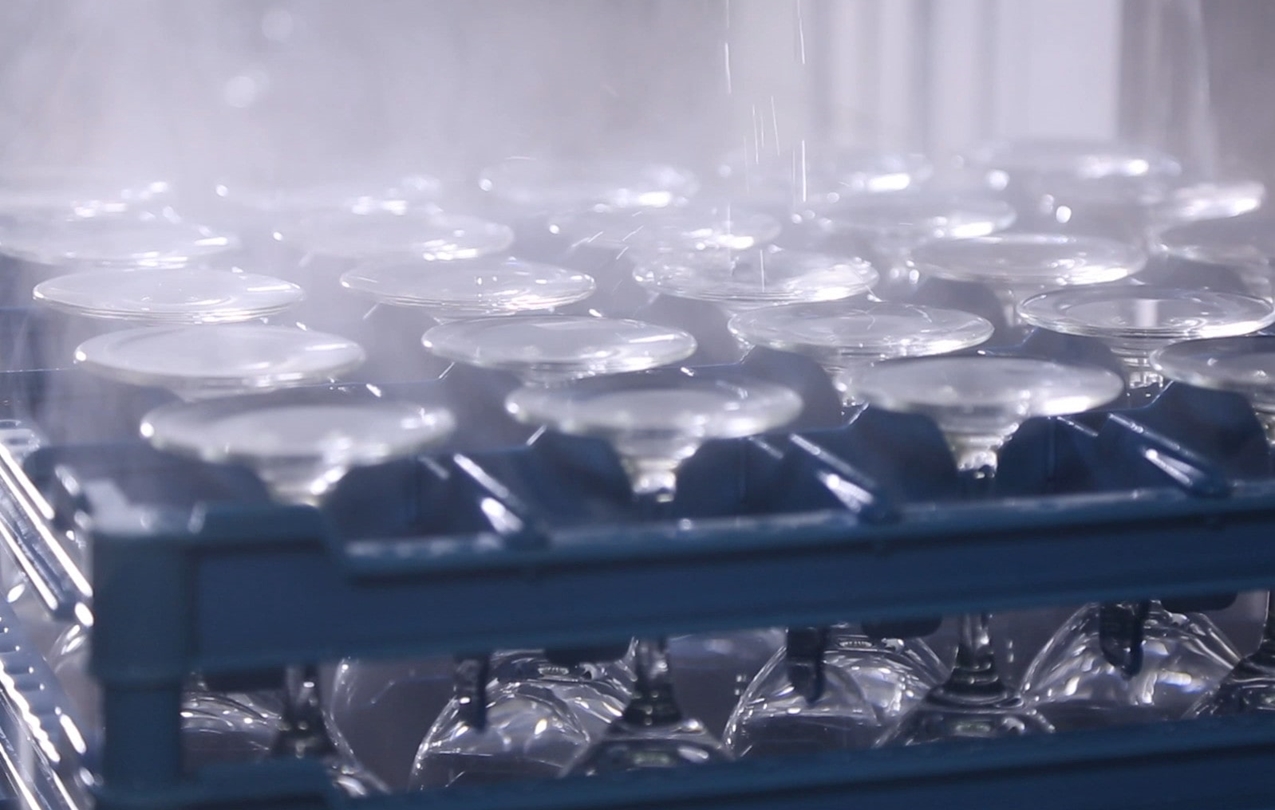




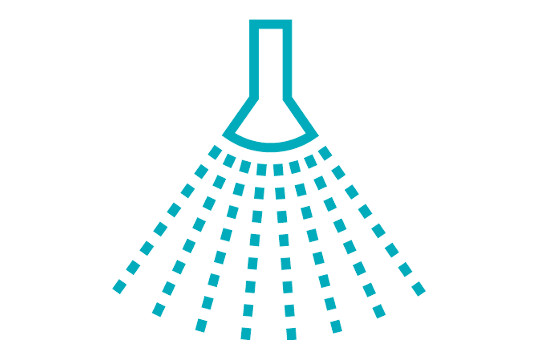
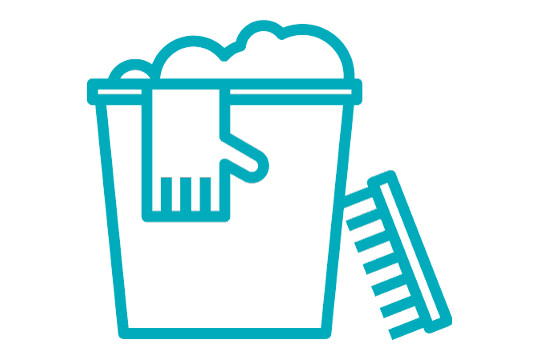








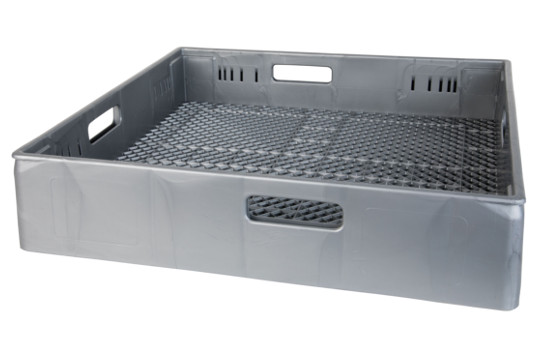
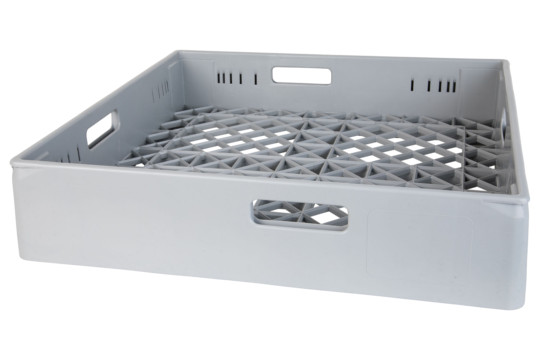
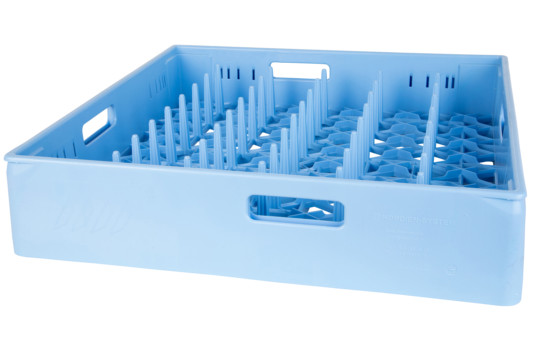



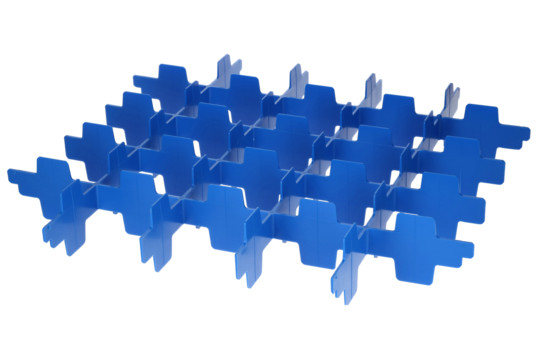

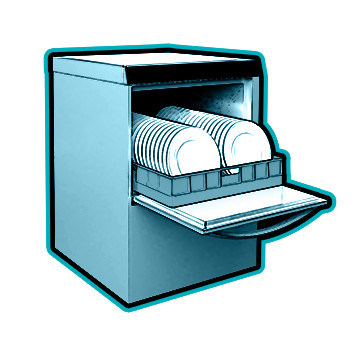
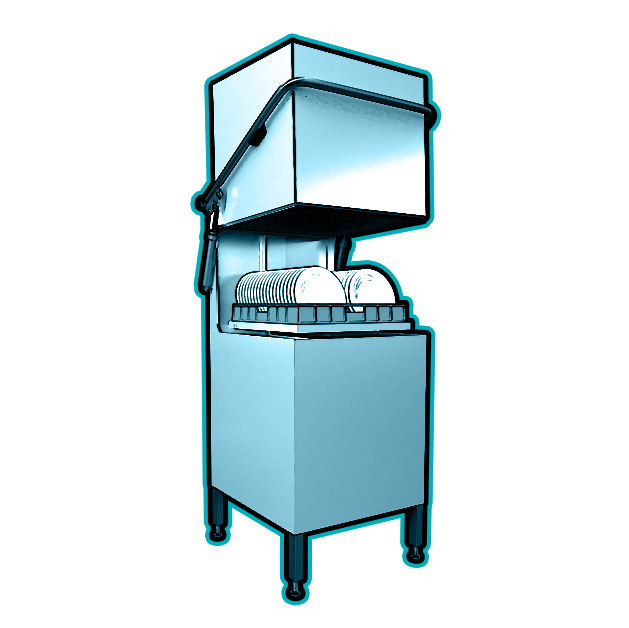
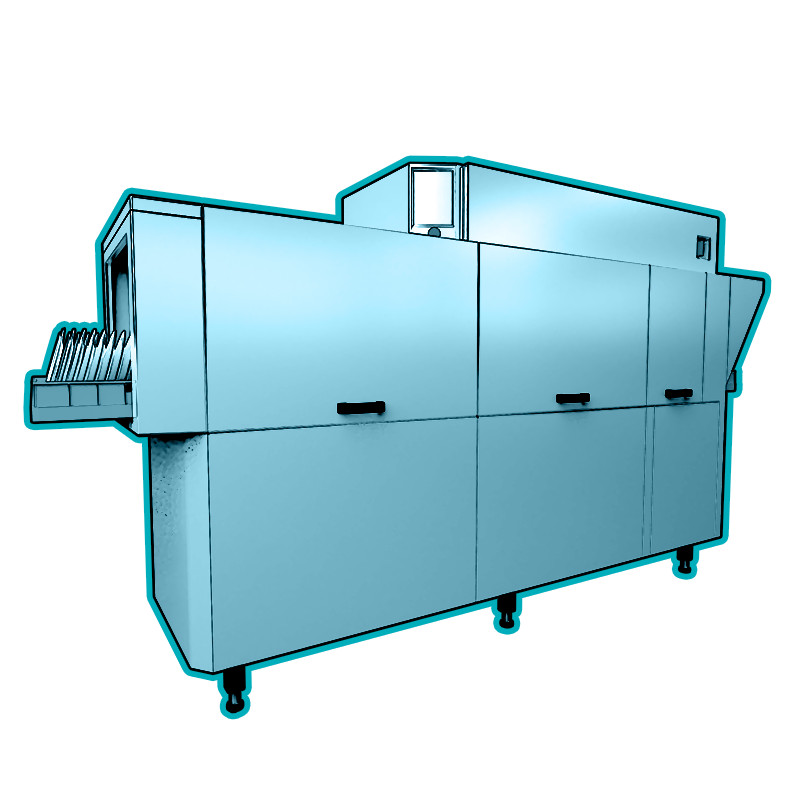
 Water hardness is a factor that can play a major role on the dish result. Water hardness is a measure that indicates how much minerals the water contains. The minerals that are measured are mainly calcium and magnesium ions.
Water hardness is a factor that can play a major role on the dish result. Water hardness is a measure that indicates how much minerals the water contains. The minerals that are measured are mainly calcium and magnesium ions.